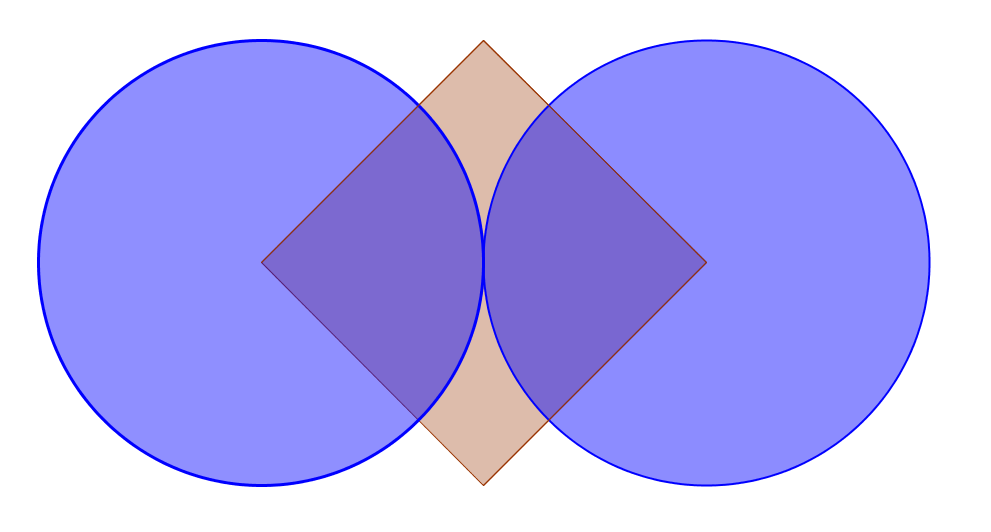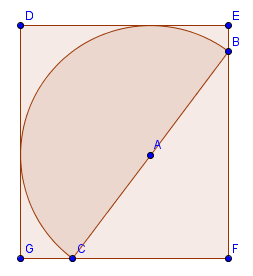12 of 45 Items .... Source: David Marain
Problems, Questions, and Puzzles to spark discussion and argument in the maths classroom.
Navigation:
- by Course
- by Type
.... - Source: @yohakupuzzle
AFP
Akiyoshi Kitaoka
Aldo Bianchi
Alex Bellos
Alfie Kohn
Amanda Austin
Amie Albrecht
Avery Pickford
Ben Orlin
Benjamin Dickman
Bill Shillito
Bob Lochel
Bowman Dickson
Bryan Anderson
Catriona Agg
Cheesemonkeysf
Chris Lusto
Chris Luzniak
Cliff Pickover
Corbettmaths
Curmudgeon
Dan Anderson
Dan Draper
Dan Meyer
Dan Pearcy
Dave Richeson (@divbyzero
David Butler
David Marain
David Martin
David Wees
DESMOS
Don Steward
Dr. Pickle
Ed Southall
Elemental_41
Emma Bell
Erich Friedman
Fawn Nguyen
Five Triangles
Frank Noschese
Futility Closet
Gabriel Rosenberg
Grabarchuk
Grant Wiggins
Howie Hua
Illustrative Math
internet
James Pearce
James Tanton
Jeff Suzuki
Jennifer Wilson
Jo Morgan (@MathsJem)
Justin Aion
Kareem Carr
Kate Nowak
KHALID
Kiran Bacche
m4ths
Marco
Mary Bourassa
MathCirclesOz
MathedUp!
Mathshell
mathsjem
Matt Enlow
Megan Schmidt
Michael Pershan
Mike Lawler
Mr. Honner
Nathan Day
NCTM
Nob
NRICH
Numberphile
NYTimes
Pam Harris
Patrick Honner
PD
Poor Elijah
Quora
rawrdimus
Rhett Allain
Robert Kaplinsky
Sam Loyd
SAT
SKG
SolveMyMaths
StatSystem
Steve Phelps
Steve Wyborney
Steven Strogatz
Sunil Singh
T.R.Milne
Talking Numbers
Taylor Belcher
TickTockMath
TriangleMan
UKMT
UVM
Vi Hart
XKCD
. . . View This Fullsize
On a number line, how many positive integers are closer to 50 than to 100?
.: [ALL], [David Marain], [Number Theory].
. . . View This Fullsize

What is the red area?
The two vertices of the square are the centers of two tangent and congruent circles. If the length of a side is \( 8\sqrt{2} \), what is the area of the red part peeping out?
Here is another question: Does it matter if the circles are congruent, as long as they're tangent and the centers are at the vertices of the square?
.: [GEOM], [David Marain], [Geometry Snacks].
. . . View This Fullsize
If we stipulate that
\( (x+12)^2+(y+4)^2+(z+3)^2=0\), then
\( \sqrt{x^2+y^2+z^2}=?\)
Should we brute-force this or is there a more beautiful or subtle way of getting what we want?
.: [PRE-CALC], [David Marain], [Raw Pure Math].
. . . View This Fullsize
Population of organism after n minutes is \(P(n) = k*9^{(\frac{n}{2})}\).
What is the growth factor?
... algebraically stated, what is the ratio of P(t+1):P(t)?
.: [ALG2], [David Marain], [Find the Pattern].
. . . View This Fullsize
The sum of \(\frac{1}{4}\) and a number is equal to the product of \(\frac{1}{4}\) and the number.
(a) Explain why the number must be negative.
(b) What's the number ?
.: [ALG1], [David Marain], [Explainer].
. . . View This Fullsize
For how many integers k is \(10,000 - k^2\) positive?
.: [ALL], [David Marain], [Number Theory].
. . . View This Fullsize
Last question with this visual:
How could you draw the inscribed semicircle (area = \( \pi \)) so that the rectangle is of maximum size?

.: [GEOM], [David Marain], [Geometry Snacks].
. . . View This Fullsize
This problem was posed on Twitter the other day.
A semicircle is inscribed in a rectangle. If the area of the semicircle is pi, what's the area of the rectangle?
My question yesterday was ... how could you draw the inscribed semicircle in a way that gives a rectangle of a very different (and larger) area?
My question today is, given the arrangement below, what points did I choose that had integer coordinates? I chose a larger semicircle - for convenience - how big was it?

.: [GEOM], [David Marain], [Geometry Snacks].
. . . View This Fullsize
This problem was posed on Twitter the other day.
A semicircle is inscribed in a rectangle. If the area of the semicircle is pi, what's the area of the rectangle?
My question is ... how could you draw the inscribed semicircle in a way that gives a rectangle of a very different (and larger) area?
.: [GEOM], [David Marain], [Geometry Snacks].
. . . View This Fullsize
Which mental path do you think is easiest for beginning students? (Analytical, numerical, graphical, algebraic?) Would you give a different hint to beginning students than to advanced students?
Will the average of \( 2^{48} \) & \( 2^{50}\) be less than, greater than, or equal to \( 2^{49} \)?
Can you find the actual average? (without a calculator!)
.: [SAT], [David Marain], [Number Theory].
. . . View This Fullsize
list all possible ordered pairs (a,b).
What are a couple of different ways to approach this nugget?
What are the "obvious" answers that everyone will miss?
.: [ALG2], [David Marain], [Raw Pure Math].
. . . View This Fullsize
Imagine a cube, 2 inches on a side ...
Actually, don't bother, I'll put one over there on the right side. ==>>
Now imagine if you were sitting on a vertex. How far is it (straight line distance) to the other vertices?
How many of those paths would be rational number distances?
What if you were on the midpoint of an edge and considering the paths to the vertices again. How many of those paths would have rational lengths distances?
And, no, I won't apologize for the pun. Pfft!
.: [MS Math], [David Marain], [Puzzle].